PREVIOUS
Dr. M S Swaminathan: Father of Indian Green Revolution - Part 1
October 31 , 2023
773 days
8195
0
(இதன் தமிழ் வடிவத்திற்கு இங்கே சொடுக்கவும்)
Father of Indian Green Revolution
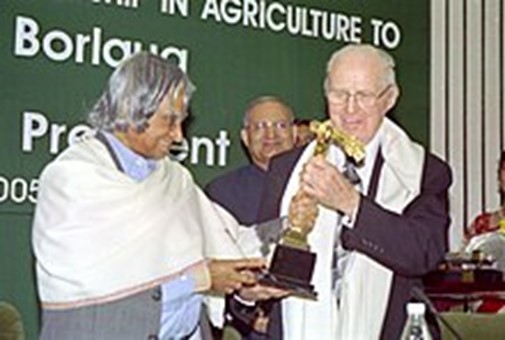
- Monkombu Sambasivan Swaminathan is the legendary agricultural scientist widely regarded as the Father of the Green Revolution.
- He passed away at the age of 98 on September 28 in Chennai.
- He initially aimed to pursue a medical career but shifted his focus to agriculture due to the Bengal famine of 1942-43.
- It is a tragic event that left a profound impact on him and stirred his passion for improving India's agricultural sector.
- His contributions to agriculture in the 1960s and 70s transformed India’s farming landscape.
- It is ushering in an era of food security.
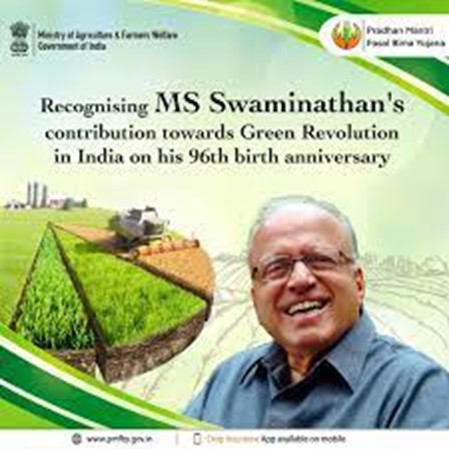
Early Life and Education
- On August 7, 1925, Swaminathan was born in Kumbakonam, Madras Presidency,
- He was the second son of Dr M. K. Sambasivan and Parvati Thangammal Sambasivan.
- He started his study in the local high school before transferring to the Catholic Little Flower High School in Kumbakonam.
- He passed the matric exam at the age of 15.
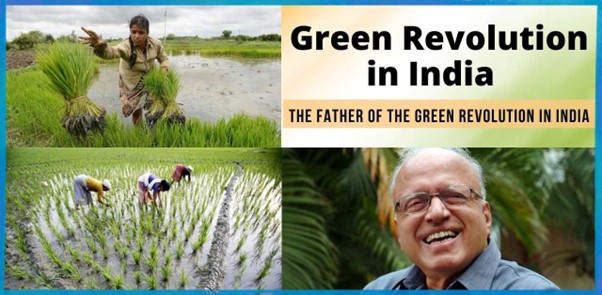
- He chose to devote his life to ensuring India had adequate food.
- India had food shortages after witnessing the effects of the Bengal famine of 1943 during World War II.
- He got two undergraduate degrees.
- Among them one was in zoology and another one was in agriculture from the Agricultural College, Coimbatore (now, Tamil Nadu Agricultural University).
- After that, he continued his further studies in Agricultural science and genetics.
- His keen interest in agricultural science, coupled with his father’s participation in the freedom movement and Mahatma Gandhi’s influence, inspired him to pursue higher studies in the subject.
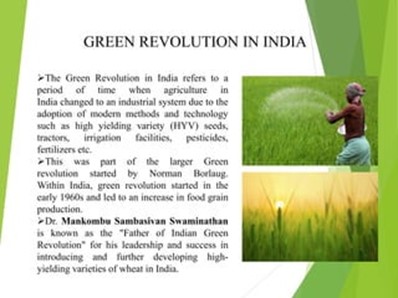
Research works
- He pursued agricultural studies and research, delving into genetics and breeding, with the belief that improved crop varieties.
- It could have a significant impact on farmers' lives and help overcome food scarcity.
- In 1947, he came to New Delhi to study genetics and plant breeding at the Indian Agricultural Research Institute (IARI).
- He obtained a postgraduate degree in cytogenetics in 1949 from the Indian Agricultural Research Institute (IARI), New Delhi.
- After securing the PG, he cleared the UPSC exam and qualified for the IPS.
- He, however, chose to take up a UNESCO fellowship at the Wageningen Agricultural University in the Netherlands to continue his research on potato genetics.
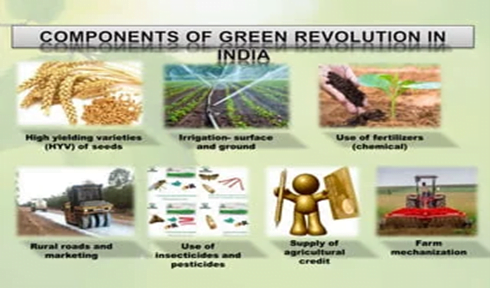
- He then moved on to the Cambridge University School of Agriculture and earned a PhD in 1952.
- He did his post-doctoral research at the University of Wisconsin.
- However, he returned to India in 1954 to work here.
- He continued his research at the IARI.
- His study was concentrated on the genus Solanum, with a particular emphasis on the potato.
- The need for potatoes during Wartime caused variations in age-old agricultural cycles.
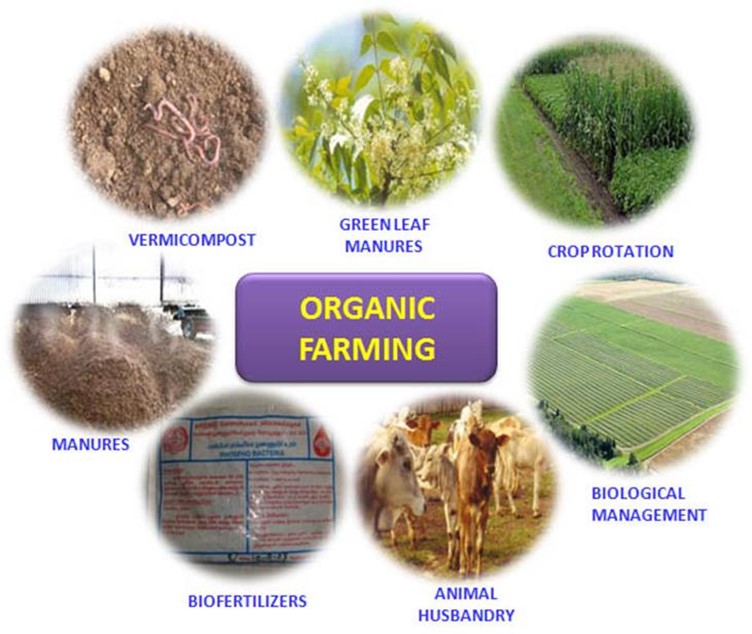
- In certain regions, such as recovered agricultural fields, this resulted in golden nematode infestations.
- Swaminathan focused on modifying genes to enable resistance to parasites and cold conditions.
- This study was successful in supplying the potato demand.
- He was a part of Krishnaswami Ramiah’s indica-japonica rice hybridization programme at Cuttack.
- This experience would have an impact on his future work with wheat.
- In October 1954, he worked as an assistant cytogeneticist at the Indian Agricultural Research Institute (IARI).
- Swaminathan criticized India for importing food grains when agriculture provided 70% of India’s income.
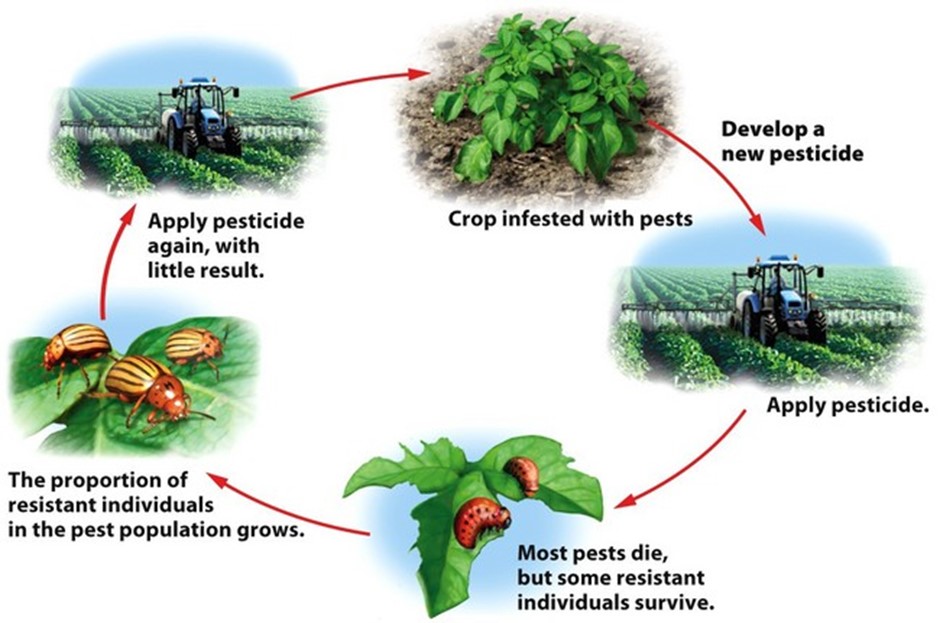
- Then he continued his research work to produce more agricultural products in time with the ambition that India would become a food exporter in the future.
- Swaminathan conducted foundational studies on the cytogenetics of hexaploid wheat in the 1950s and 1960s.
- Swaminathan and Borlaug developed many varieties of rice and grains to lay the groundwork for the green revolution.
- Under Swaminathan’s leadership, efforts were launched at the International Rice Research Institute (IRRI) to cultivate rice with C4 carbon fixation capabilities.
- It is enabling improved photosynthesis and water utilization.
- Swaminathan also contributed to developing the world’s first high-yielding basmati rice.
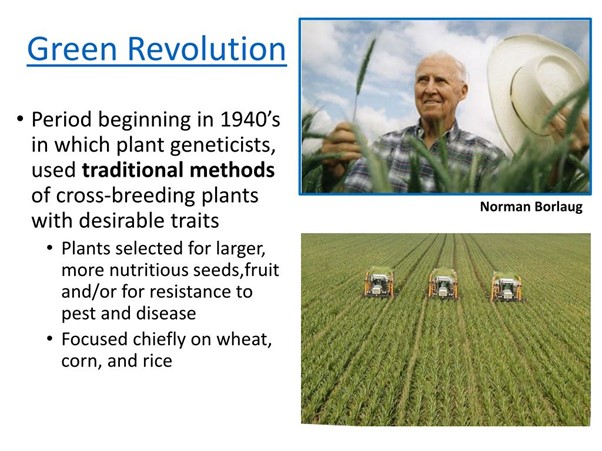
Contributions
MS Swaminathan’s Role in Agriculture
- M. S. Swaminathan’s influence in agriculture was extended far and wide.
- It encompasses the diverse roles and responsibilities both in India and on the international stage.
Role in the Green Revolution
- He was widely recognized for his pivotal role in the Green Revolution.
- The Green Revolution began in the 1960s.
- It is a transformative phase in Indian agriculture that significantly increased crop productivity and ensured Food Security for the nation.
- Swaminathan’s mission was to transform Indian agriculture.
- It introduced and developed new varieties of seeds, high-yielding crop varieties, improved irrigation facilities, promoted fertilizer use agricultural techniques to boost Indian agriculture.
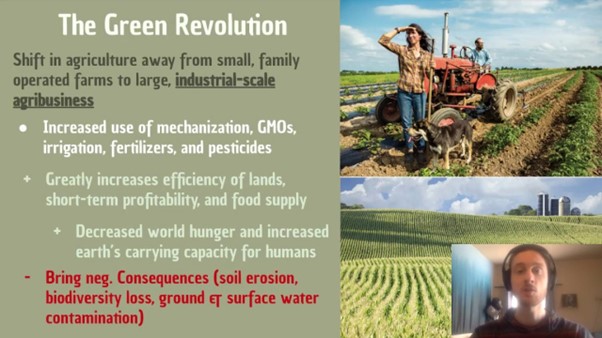
- Wheat production in India surged from 6 million tonnes in 1947 to 17 million tonnes between 1964 and 1968.
- The Green Revolution bolstered India’s food security and reduced dependence on imports.
- Swaminathan worked on enhancing crop varieties, particularly rice and wheat.
- He pioneered the development of semi-dwarf wheat varieties to reduce lodging and boost yields.
- Swaminathan worked with Norman Borlaug and other scientists to bring a social revolution with farmers and government policies in famine-like circumstances in the 1960s.
- For this reason, MS Swaminathan is known as the “Father of the Green Revolution”.
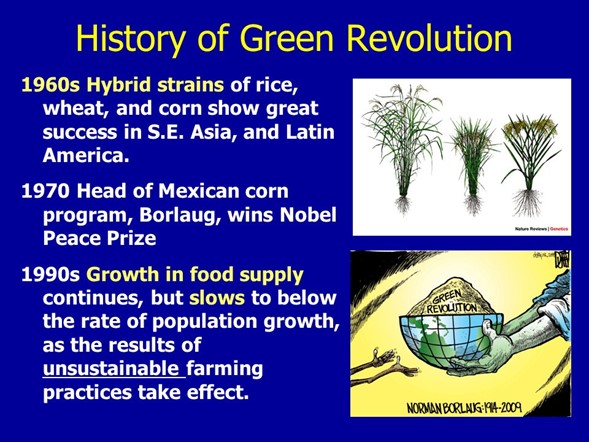
- The introduction of dwarfing genes into wheat varieties was leading to the “Wheat Revolution.”
- Swaminathan recognized the challenges of the Green Revolution.
- It is including the displacement of local crop varieties, soil fertility conservation issues, and indiscriminate pesticide use.
- He also noted the risks of overexploiting groundwater.
A Transformative Era
- Swaminathan then worked with Prime Minister Indira Gandhi to develop agricultural programs and policies.
- That would assist the country in remaining self-sufficient in agriculture for many years.
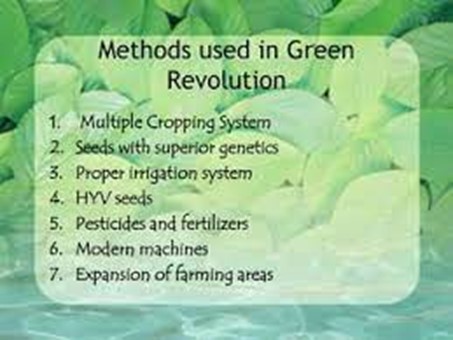
- Swaminathan also served as the Ministry of Agriculture’s Principal Secretary from 1979 to 1980.
- From 1972 until 1979, he was the Director-General of the Indian Council of Agricultural Research.
- From 1980 to 1982, he served on the Planning Commission.
- There he was in charge of agricultural and rural development.
- At the heart of M.S. Swaminathan’s mission was the transformation of Indian agriculture.
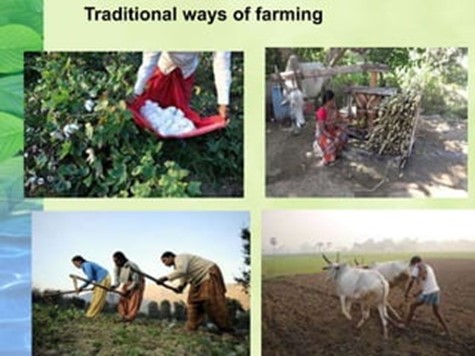
Visionary approach
Improved Irrigation Facilities
- Recognizing the importance of water resources, he advocated for and facilitated improvements in irrigation methods, ensuring that crops received adequate water.
Promotion of Fertilizer Use
- Swaminathan’s advocacy for the judicious use of fertilizers contributed to improved soil fertility and increased crop yields.
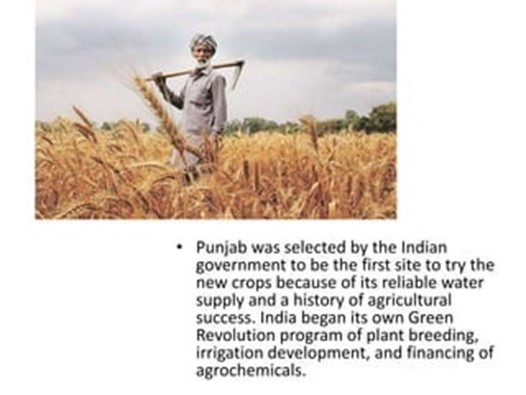
High-Yielding Wheat and Rice
- Swaminathan's ground breaking work with Norman Borlaug was developing high-yielding wheat and rice varieties.
- The crop had a high yield, was of great quality, and was disease-free.
- After this, he developed different hybrid crop seeds.
- Its initial successes were witnessed in Mexico and the Indian subcontinent.
- Spanning from 1967-68 to 1977-78, the Green Revolution transformed India from a food-deficient nation to one of the world's leading agricultural powers.
- Swaminathan’s efforts in agriculture increased the productivity of foods like rice, wheat, gram, maize etc.
- During the green revolution, MS Swaminathan focused on advanced agricultural instruments for farming.
- The result also impacts the industrial growth of machinery supply.
- His demonstrations in various parts of India have altered rural people’s perceptions.
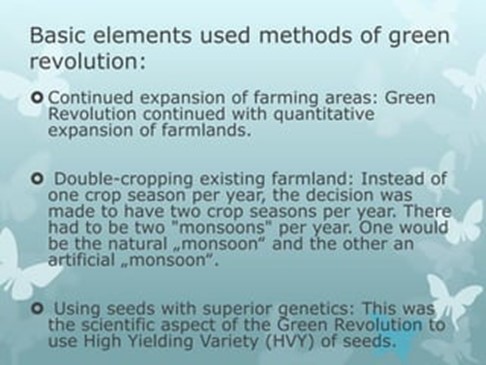
- Farmers have embraced new agricultural practices to get new information and implement it in agriculture.
Advancements in Crop Research
- Enhanced crop productivity by transferring genes for fertilizer response from Japonica to Indica varieties, thereby increasing agricultural output.
- Collaborated with Norman Borlaug to develop high-yielding dwarf wheat varieties suited for Indian conditions.
- Pioneered the development of high-yielding Basmati rice varieties, utilizing innovative mutation technology across various crops.
- It is notably the semi-dwarf wheat varieties, revolutionized agriculture in India during the 1960s and '70s.
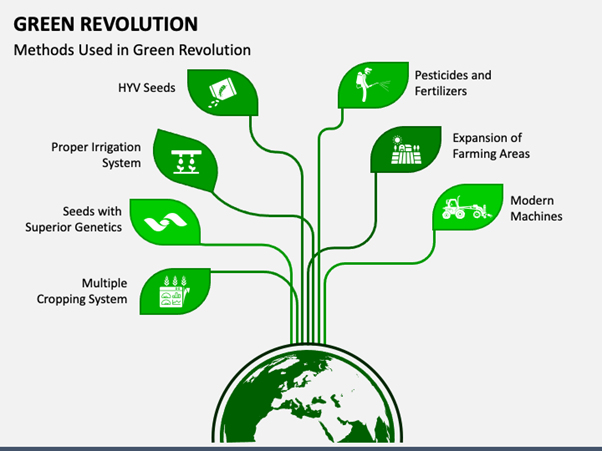
- This transformation significantly increased crop yields.
- That is making India self-sufficient in food production and averting the looming threat of famine.
- These demonstrations were game-changing since the crop tripled prior output levels in the first year of the green revolution era.
- Swaminathan trained farmers to use these new approaches, overcoming the illiteracy barrier.
- Because of his efforts, the average agricultural production increased from 12 million tonnes to 23 million tonnes in just four crop seasons.
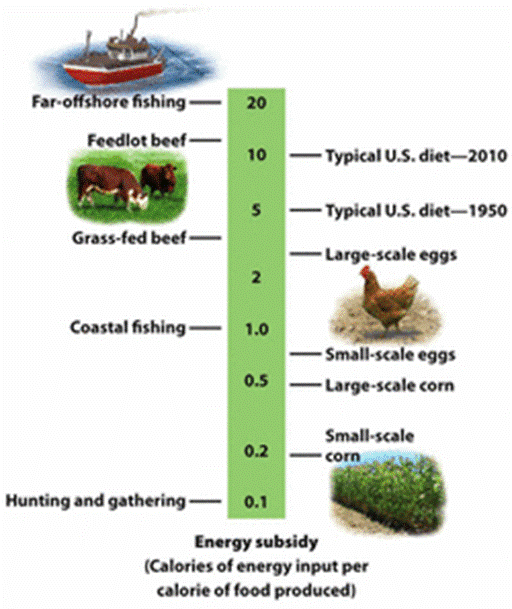
Leave a Reply
Your Comment is awaiting moderation.


